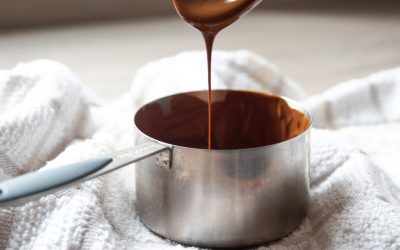What is Yeast?
What is yeast? To fully understand the role of yeast in bread it is first important to understand what yeast actually is. Yeast is a single cell microorganism that is part of the fungus family. There are at least 1,500 recognised varieties of yeast. The variety relevant to us is Saccharomyces Cerevisiae which is specifically used for baking. It is also used in the production of alcoholic drinks.
The History of Yeast in Baking
Whilst it is known not for sure when yeast was first used in baking, it has been recorded as early as Ancient Egypt. Research has shown that the most likely use of the yeast involved mixing the flour meal and water and leaving it in a warm environment for longer than usual. This would cause the fermentation of the natural yeast contaminants in the flour. The yeasts would produce a much lighter and tastier bread than the bread they would normally make. These would have been a hard, flat cake. This process is similar to what we would now consider a modern day sourdough.
Over the years, yeast has been refined into dried fast action versions and fresh compressed yeast. It is now available in almost all supermarkets, and is now a much more exact science when it comes to leavening bread.
What is the role of Yeast on Bread?
Yeast has two roles in bread, one main function and a secondary function. The primary function of yeast in bread is as a leavening agent. This means it gives rise to the bread and creates a more open and airy texture. The secondary function of yeast in bread is to add strength to the dough. This, in conjunction with the gluten adds a strength to the dough that allows the air bubbles produced to be held into a strong structure.
How does Yeast make Bread rise?
The process by which yeast causing the rising of yeast relies on a fermentation process. This involves the enzymes breaking down starches to sugars, and the sugars are then converted to carbon dioxide and alcohol. The carbon dioxide produced is then held within air bubbles by the elastic gluten network created during the mixing and kneading processes.
During the baking process, the yeast dies and the air pockets are set in place, sealing the soft and spongy texture.
Want to learn step by step recipes on different breads? To get your 30 day free trial with access to all our bread baking lessons and recipes click here
To find out more about bread baking, check out this


